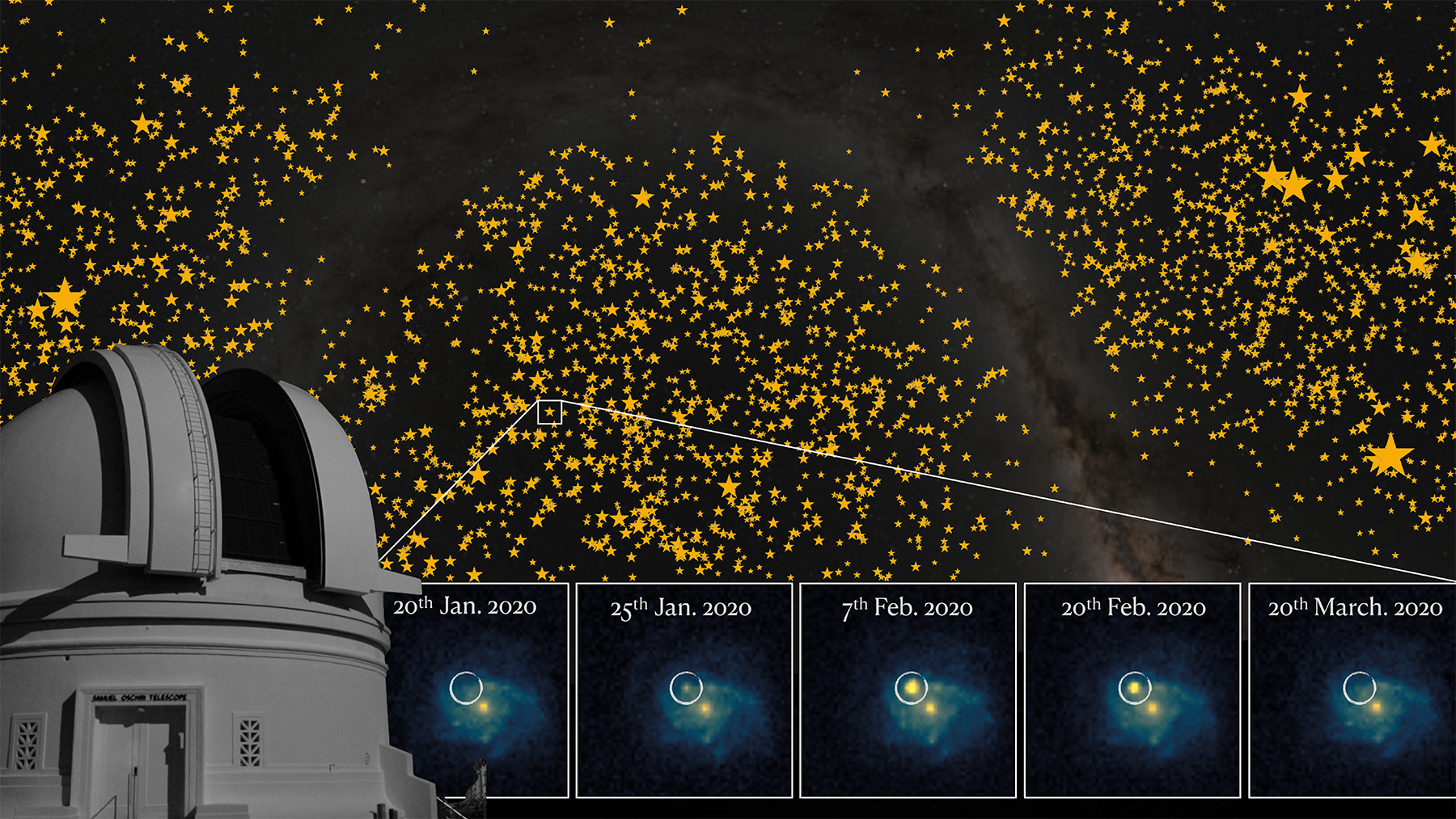The surprising diversity of exploding white dwarfs

For decades, Type Ia supernovae have played a pivotal role in the discovery and study of dark energy—the mysterious force responsible for the accelerating expansion of the Universe. To do so, cosmologists compare two quantities: the redshift, i.e., the photon’s wavelength stretch caused by the geometrical expansion of the Universe ; and the Supernovae brightness, which indicates the distance of the light source, and thus the time it took for the photon to reach us. Together, these quantities enable us to probe the expansion history of the Universe and consequently the fundamental physics responsible for it.
Yet, the exact nature of Type Ia supernovae remains somewhat unknown. We know from studying spectra and rate of brightness evolution with time, aka lightcurves, that this phenomenon arises from the thermonuclear explosion of a carbon/oxygen white dwarf, very likely from a binary (or more) system. But why this white dwarf exploded, how its composition or that of its companion star influenced the explosion mechanism remains unclear. There could even be multiple channels leading to similar events. Hence the question for cosmology: how accurate are distance measurements derived from Type Ia Supernovae lightcurves despite our limited knowledge on what these objects truly are ?
Now, astrophysicists have unearthed a surprising diversity in the ways in which white dwarf stars explode in deep space after assessing almost 4,000 such events captured in detail by a next-gen astronomical sky survey. Their findings may help us more accurately measure distances in the universe and further our knowledge of dark energy.
The dramatic explosions of white dwarf stars at the ends of their lives have for decades played a pivotal role in the study of dark energy—the mysterious force responsible for the accelerating expansion of the universe. They also provide the origin of many elements in our periodic table, such as titanium, iron and nickel, which are formed in the extremely dense and hot conditions present during their explosions.
A major milestone has been achieved in our understanding of these explosive transients with the release of a major dataset, and associated 21 publications in an Astronomy & Astrophysics special issue 1.
This unique dataset of nearly 4,000 nearby supernovae is many times larger than previous similar samples and has allowed crucial breakthroughs in understanding how these white dwarfs explode. The sample was obtained by Zwicky Transient Facility (ZTF), a Caltech-led astronomical sky survey. ZTF’s unique ability to scan the sky rapidly and deeply allows to discover new explosions of stars up to one million times fainter than the dimmest stars visible to the naked eye.
One of the key results is the discovery that there are multiple exotic ways that white dwarfs can explode, including in collisions of two stars in luminous stellar spectacles, as well as the cannibalism of stars by their companions in double star systems.
This is only possible with this sample due to the ability to discover very faint blips combined with large sample sizes. And the surprising diversity may have implications for the use of these supernovae to measure distances in the universe, since the constraints on the properties of dark energy crucially demand that these explosions can be standardized.
References
- Astronomy & Astrophysics Volume 694. February 2025. ↩